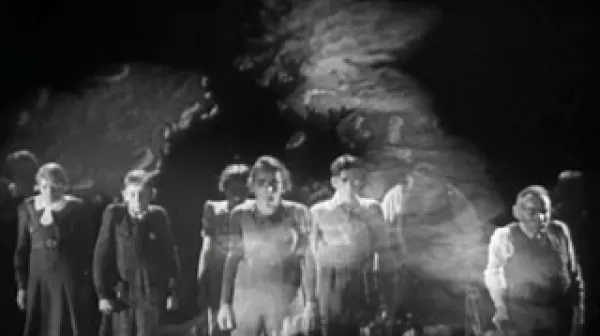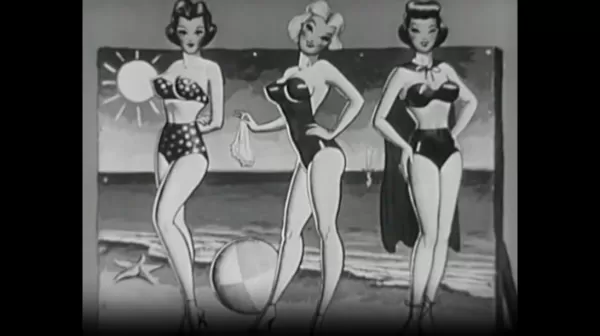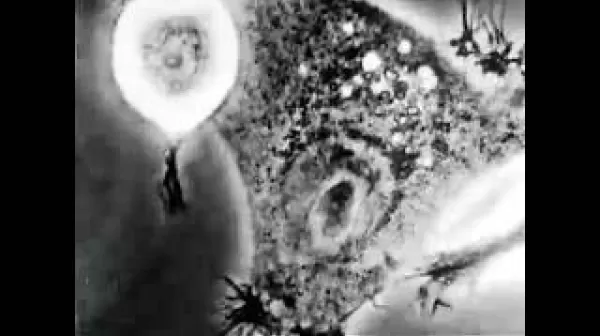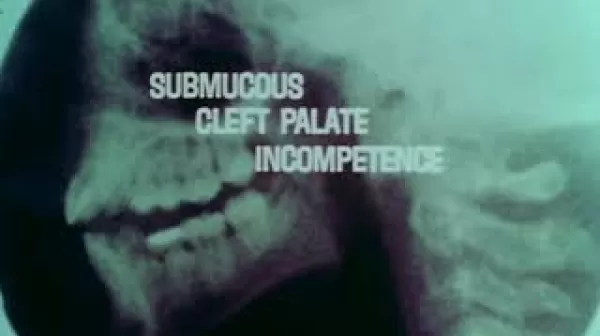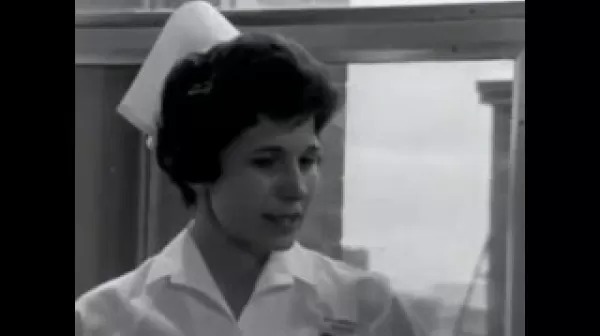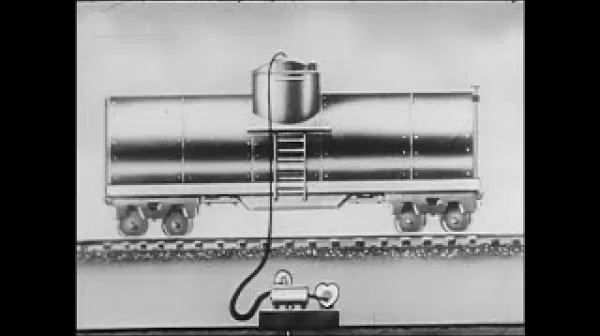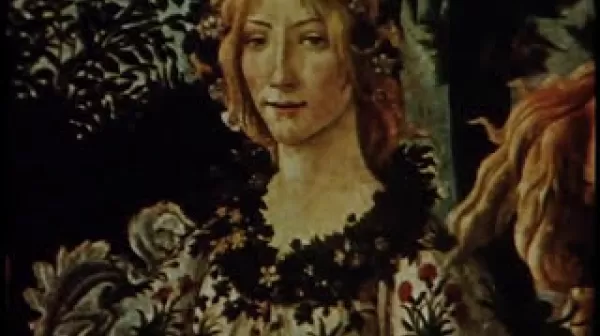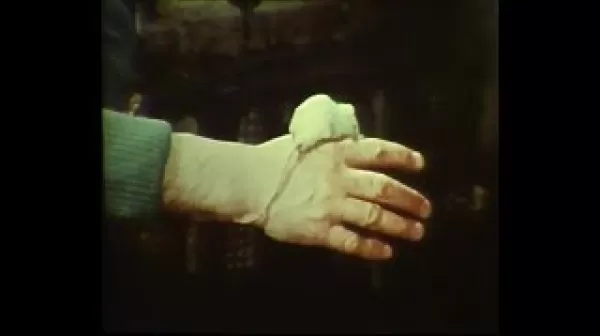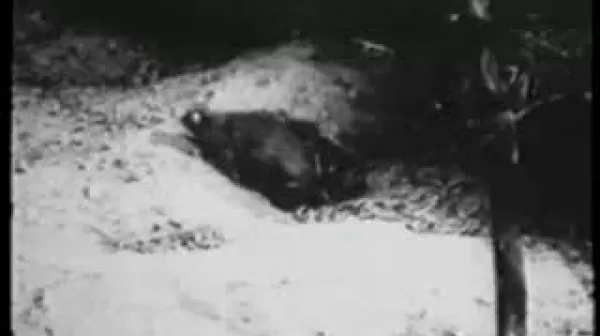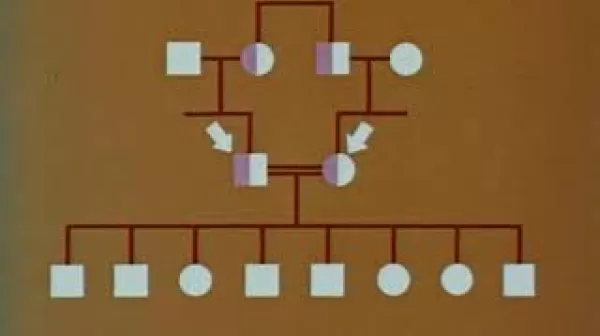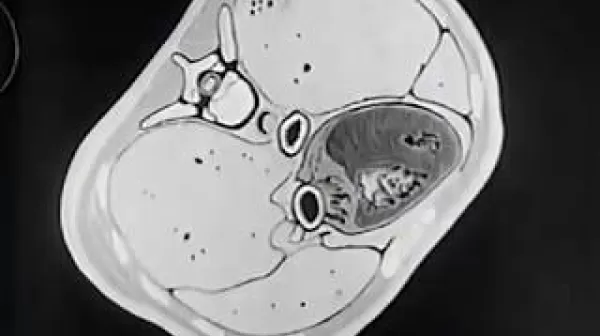Die englische Krankheit (Third Reich and UFA, 1941)
To toggle captions between German and English, select Settings button to the right of the “CC” symbol (place cursor in the movie frame itself, lower right). In Subtitles/CC box, change preferred language by clicking on the arrow. Captions: Leonhard Link. Made during World War II by the German Ministry of Health in collaboration with UFA, Germany's largest movie studio, this short film combines Nazi propaganda with a discussion of the symptoms, treatment, and prevention of rickets in infants and young children.

